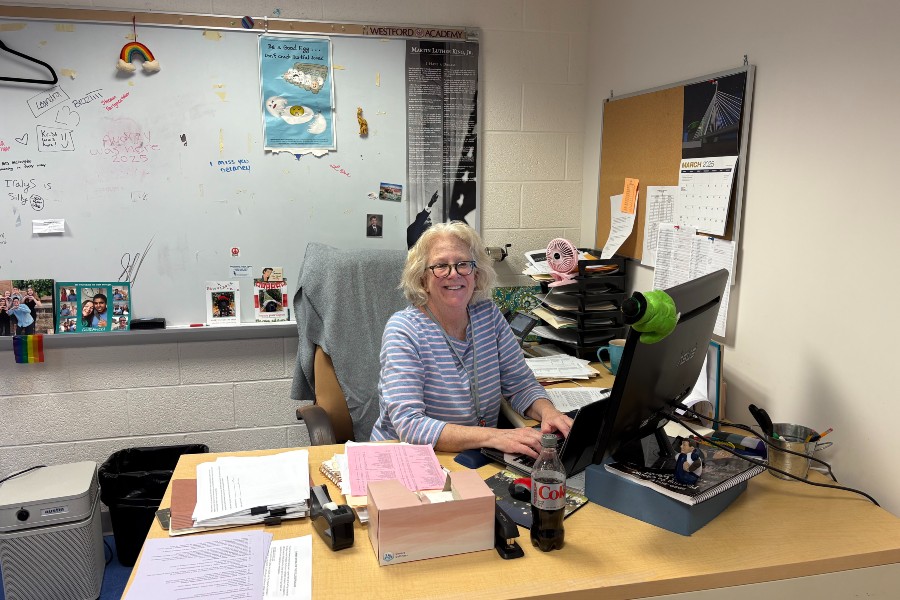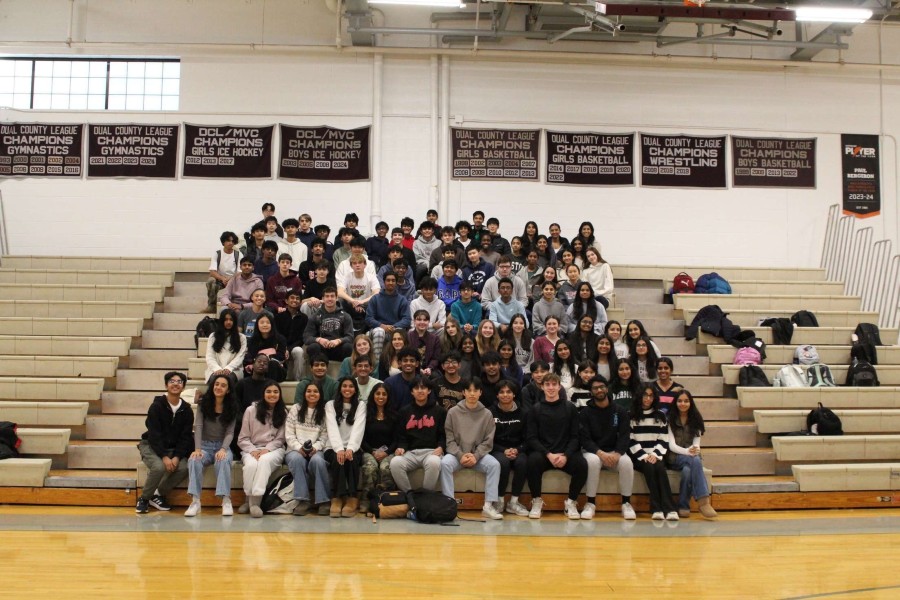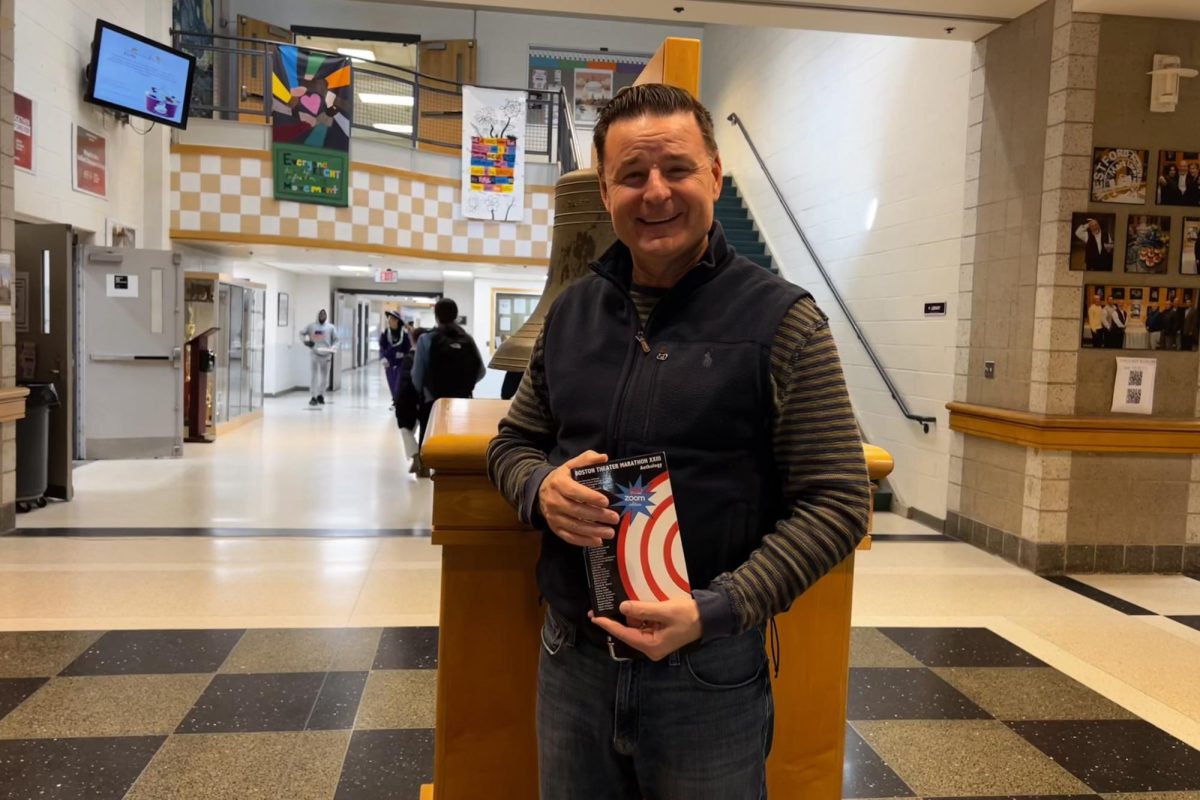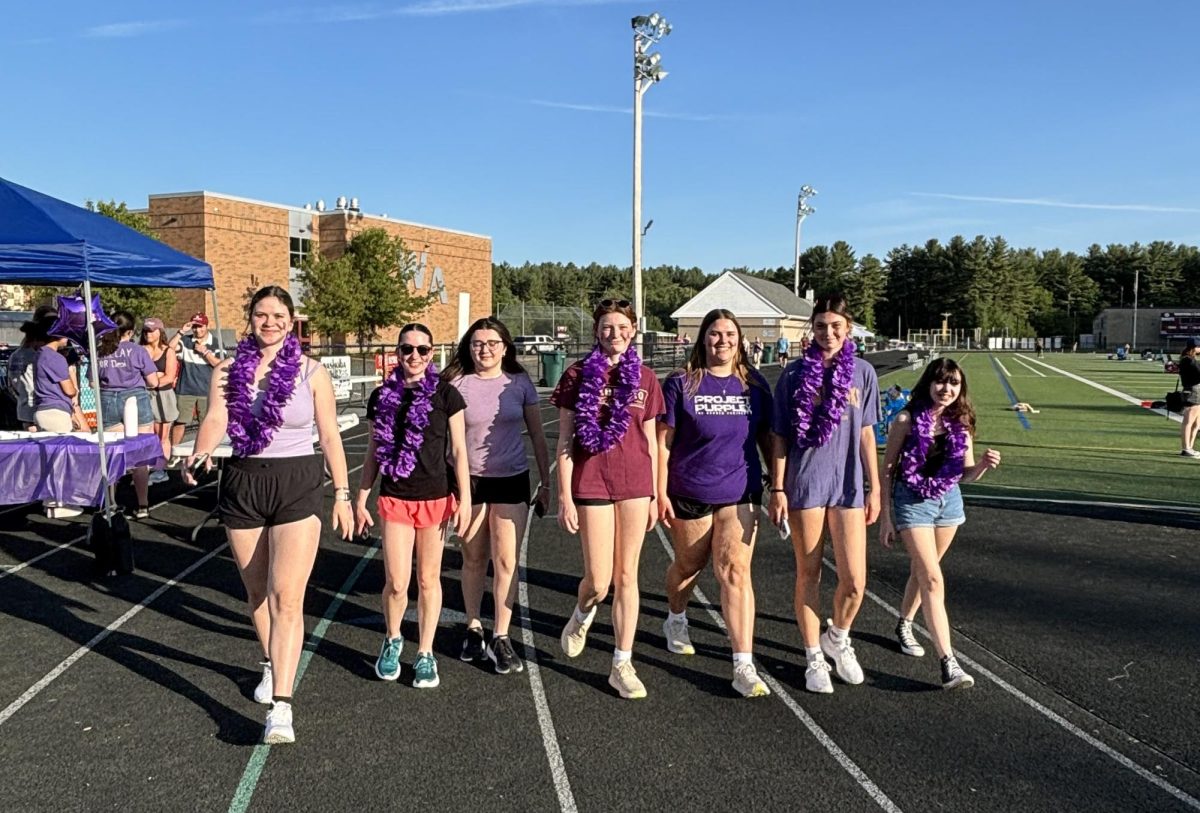
by Alok Ganguly
Public Relations
In the following weeks after the beginning of summer vacation, WA’s campus will still be populated with bright young minds. While much younger than the students attending WA, these kids will be participating in a camp designed to challenge their minds and help them create some extraordinary robots.
Each year, the Robotics Club at WA holds a summer camp for younger children interested in robotics. However, instead of experimenting with the more professional equipment like the students that are part of the club use, the kids who attend the camp will be learning how to program and build robots using Lego Mindstorms kits, which are all provided by Westford Academy.
The camp is not only an important place for young children to learn more about robotics, but it is a great way to recruit the incoming freshmen who are interested in the field of robotics. Additionally, the camp is the main source of funding for the club. As the prices to attend the camp have been raised slightly to 125 dollars for four days and 150 dollars for five days, in comparison to last year, as the materials required for the Robotics Club’s competitions throughout the school year is expensive. These materials cost over $2,000 in total, and almost all of that money is earned through the camp.
Usually, the money raised from the camp is not enough to support the club entirely, forcing the robotics club to borrow the Lego Mindstorms kits used at the camp from the engineering teachers in the school.
There are two sessions of the camp, one for ages 8-10 in the morning, and one for kids ages 11-13 in the afternoon. During the camp the kids will receive a challenge, and will have to construct a robot using their kits to accomplish whatever the goal may be, from moving balls from one place to another to constructing a specific structure using items laying across the field. The second session has a more difficult challenge, as they are older and can work with more advanced kits.
This year, the challenge given to the kids is much more difficult, as some of the attendees last year were able to create a robot and complete their challenge with ease. One of the camp’s many goals is to make sure that the kids are challenged, and that they will have to think outside of the box to complete their challenge.
All of this is supervised by WA Physics teacher Bill Bowen, who has a relatively hands-off role with the kids.
“My students work with the younger kids on a one to one one to two basis. […] My role in it all is make sure that the pace is kept and that everything is moving along, making sure that everyone is being safe as well,” said Bowen.
The students volunteering at the camp have found it to be a good experience. They get to teach younger kids about their hobby of robotics, and get the chance to keep practicing their skills in their off season from competition. The club members also get community service hours for volunteering their time at the camp, and are able to know some of the future members of the club that they have already seen at the camp.
Vikrant Rao, a member of the club said, “I really like working with kids, and that is one of the main reasons that a lot of the members of the team volunteer their time to help out.”






